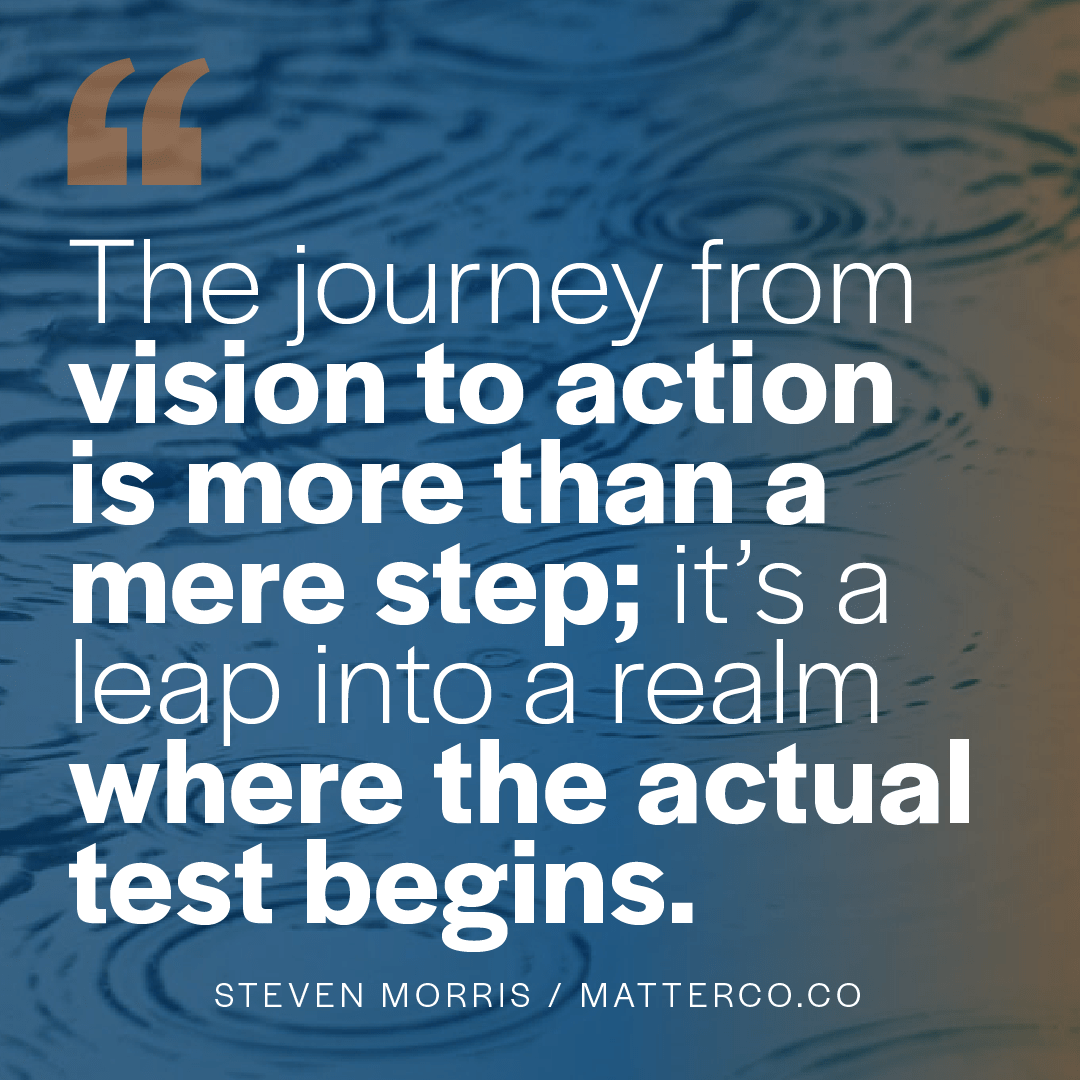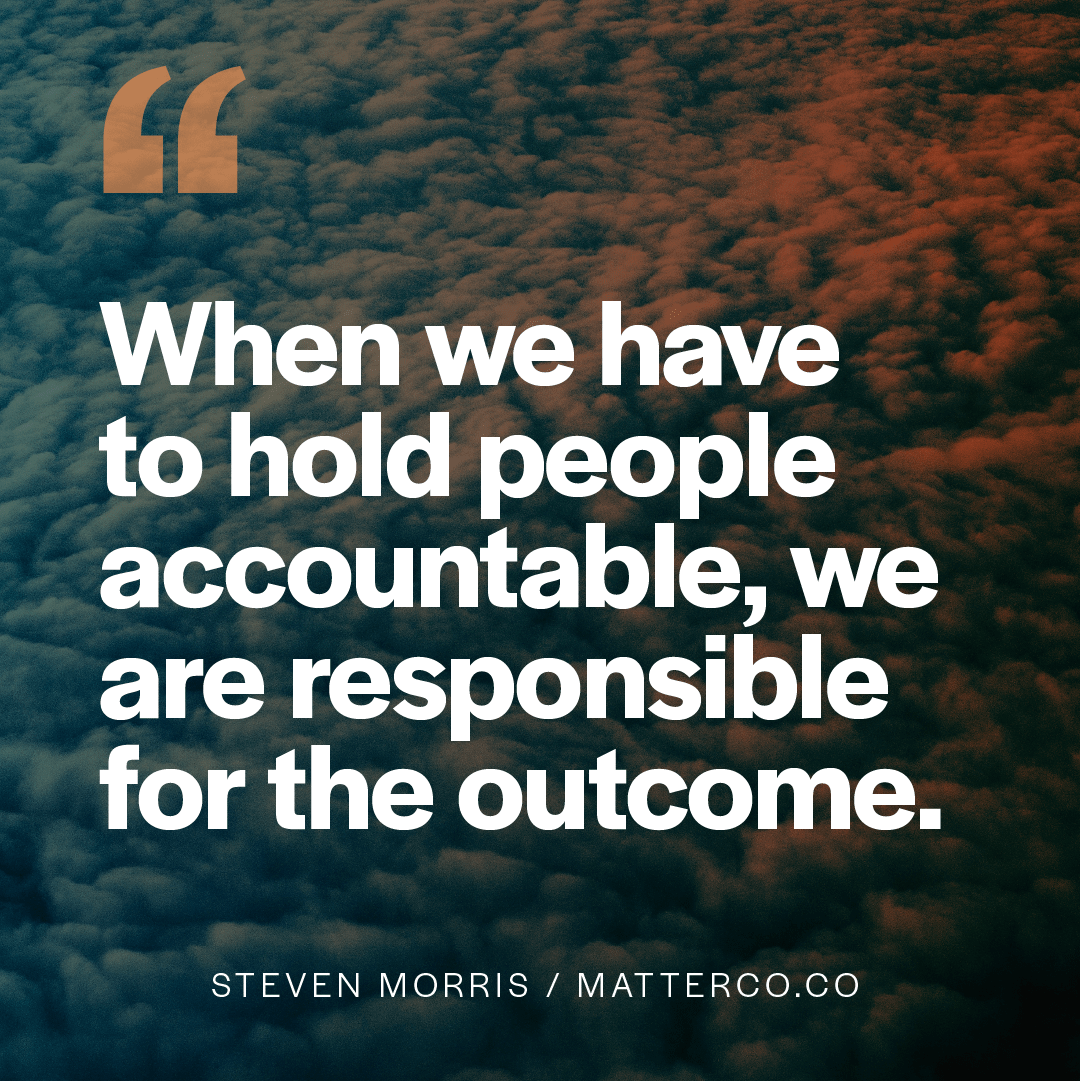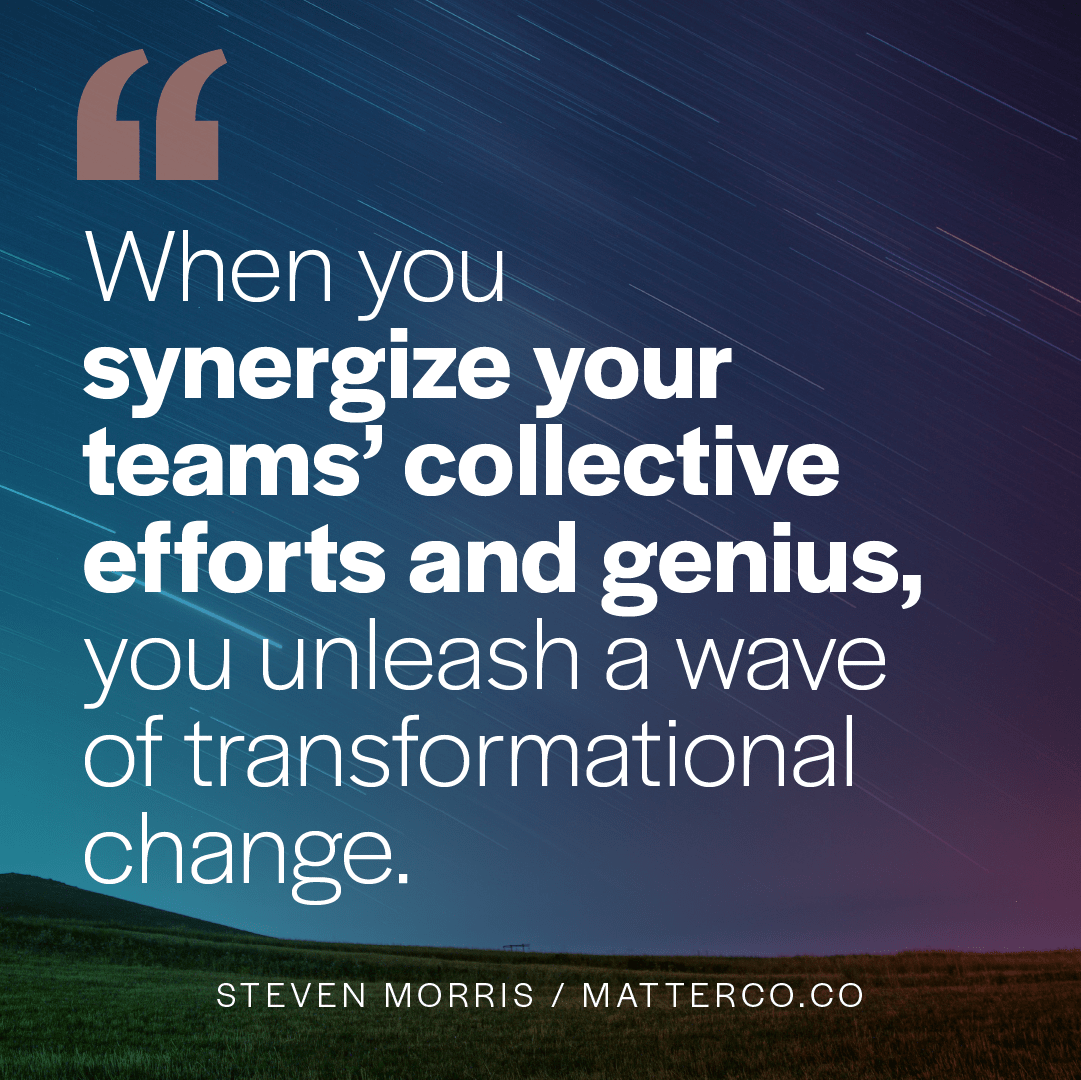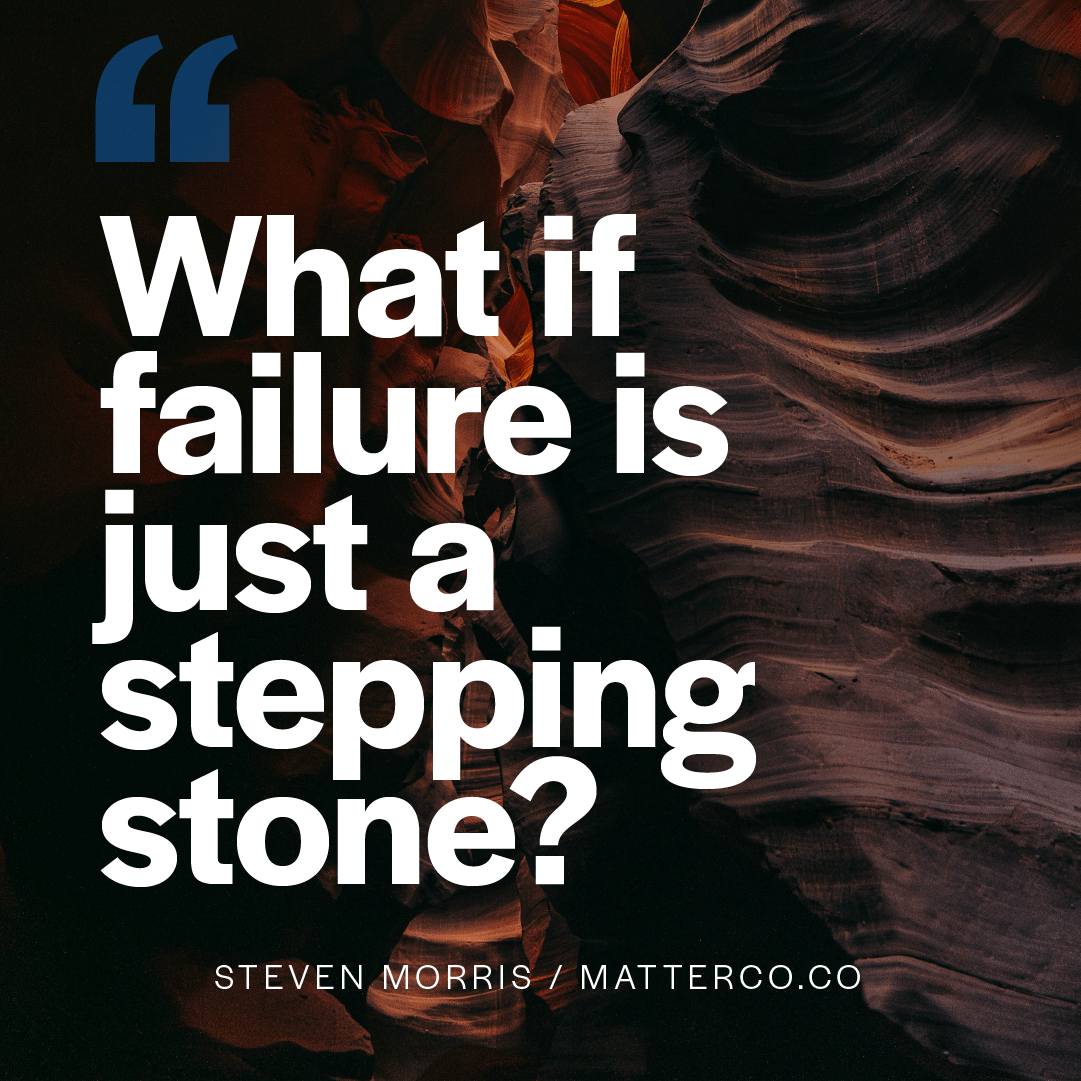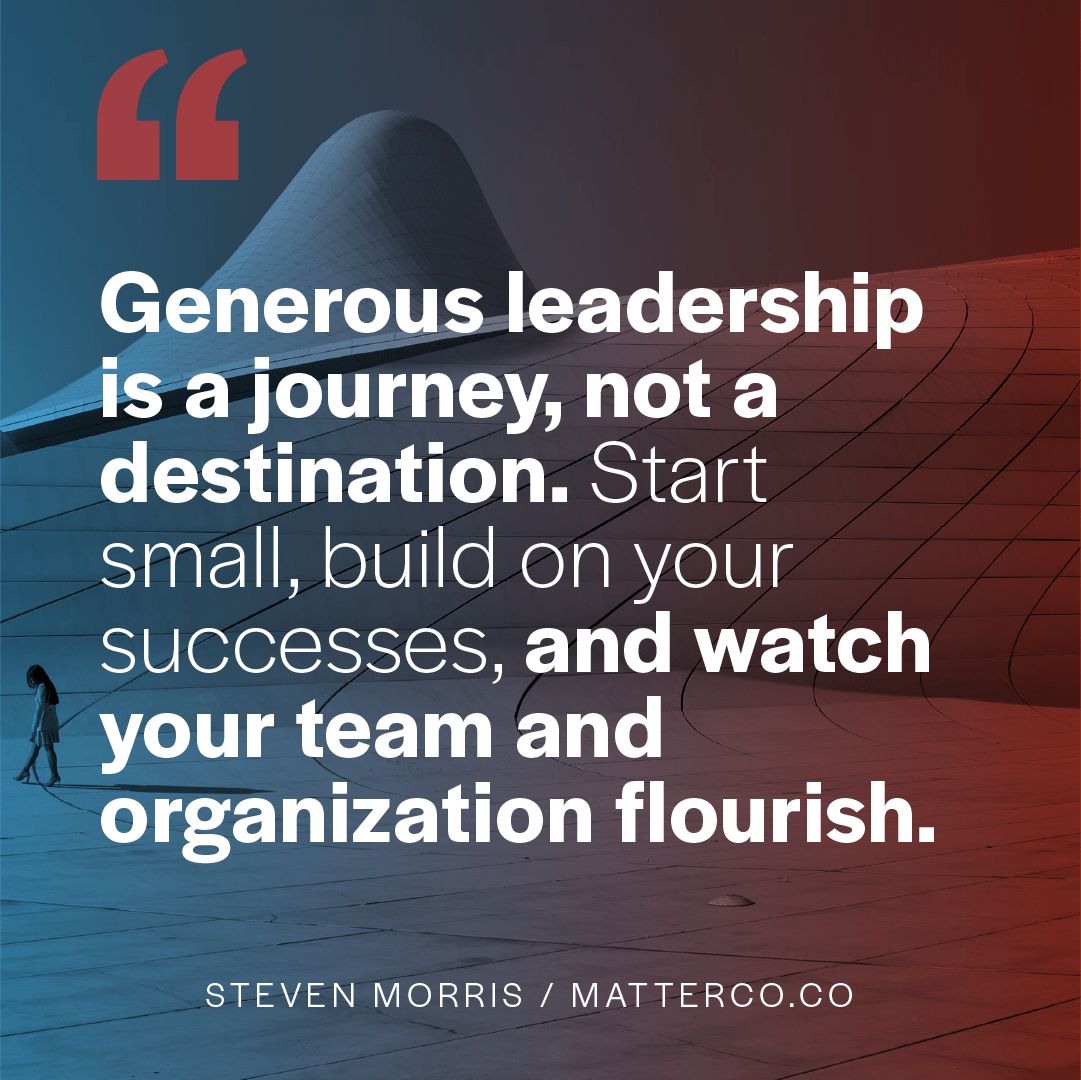
Generous Authority
In 2022, I began working with a leadership team at a large university. The president brought me in to help create greater unity and boost the public presence of the University.
Together with the leadership team, we evolved their brand ethos and presence and reshaped their culture. We tapped into a leadership approach known as “generous authority.”
The business world is changing. Rigid hierarchies and command structures, relics of a bygone era, struggle to adapt to hybrid work, diverse teams, and next-generation challenges.
Generous authority is a deliberate approach that builds an ecosystem of empowerment, value, and inspiration. It’s where leaders see the potential in everyone and nurture it with kindness, clarity, and a belief in shared success.
Imagine a leader who starts each interaction with the highest intention for everyone. This goes beyond setting goals; it’s about healing wounds that hold people back, guiding them to a higher standard with compassion and consistency.
But isn’t generosity risky? Not according to Adam Grant. He identifies “givers,” those who freely share their time, energy, and knowledge, as often the most successful. Generous leaders create reciprocal relationships where everyone contributes and benefits.
This manifesto isn’t just words; it’s actionable. Here are five “generous authority” principles with examples:
1. Highest Intention and Empowerment:
- Begin meetings by checking in on each member’s well-being.
- Encourage ownership and initiative by delegating projects and offering guidance.
2. Elevated Expectations and Clear Communication:
- Set ambitious yet achievable goals with clear timelines and expectations.
- Provide regular feedback and ensure alignment through open communication.
3. Recognition of Givers and Cultivating Collaboration:
- Celebrate employees who consistently contribute ideas and support colleagues.
- Create platforms for feedback and knowledge sharing, fostering a collaborative spirit.
4. Mission-Driven Ethos and Celebration of Success:
- Clearly articulate the organization’s mission and how each team member contributes.
- Recognize and celebrate milestones, big or small, with gratitude and appreciation.
5. Self-Compassion and Continuous Growth:
- Encourage self-care and breaks to maintain well-being and prevent burnout.
- Provide resources for personal development and learning opportunities.
- Foster an environment where mistakes are seen as learning opportunities.
Generous authority isn’t confined to your organization; it ripples outwards. This leadership style creates a world where generosity isn’t just an aspiration but the fabric of our society.
So, how do you become a more generous leader?
- Start by extending kindness to yourself – treat yourself with the same grace you offer others.
- Set boundaries and prioritize self-care to avoid burnout.
- Cultivate gratitude and challenge the “me-first” noise.
- Empower others through delegation and knowledge sharing.
- Celebrate successes, big and small, to foster a positive environment.
Generous leadership is a journey, not a destination. Start small, build on your successes, and watch your team and organization flourish.
In this age of “me-first” noise, choose “we-first” generosity. Offer kindness without expecting reciprocation, let your respect paint a vibrant canvas of connection, and understand that the truest reward lies in the ripples of good you set into motion. In this symphony of giving, your success isn’t measured by what you get, but by the echoes of joy you leave in the hearts you touch.
Step out of the shadows of expectation and into the sunshine of genuine care because, in the end, the most meaningful applause is the quiet song of a heart well-lived.
If you found this topic interesting or valuable, here are some related articles for you.
If you want a more trusting team, a culture of belonging or a magnetic brand that attracts more of the right customers, I can help. If you'd like to explore if working together makes sense, drop me a line.




